Rate limiting with Redis: An essential guide
- January 13, 2025
- 14140 Unique Views
- 5 min read
 Rate limiting isn’t just about setting limits; it serves a variety of purposes. Take Figma, for instance. Their rate limiter, built with Redis, saved them from a spam attack where bad actors sent massive document invitations to random email addresses.
Without it, Figma could have faced skyrocketing email delivery costs and damaged reputation. Or look at Stripe: as their platform grew, they realized they couldn’t just throw more infrastructure at the problem. They needed a smarter solution to prevent resource monopolization by misconfigured scripts or bad actors.
These stories show just how versatile rate limiting is. It prevents abuse, ensures fair access, manages load, cuts costs, and even protects against downtime. But here’s the kicker: the hard part isn’t knowing why you need a rate limiter. The real challenge is building one that’s both efficient and tailored to your needs.
Rate limiting isn’t just about setting limits; it serves a variety of purposes. Take Figma, for instance. Their rate limiter, built with Redis, saved them from a spam attack where bad actors sent massive document invitations to random email addresses.
Without it, Figma could have faced skyrocketing email delivery costs and damaged reputation. Or look at Stripe: as their platform grew, they realized they couldn’t just throw more infrastructure at the problem. They needed a smarter solution to prevent resource monopolization by misconfigured scripts or bad actors.
These stories show just how versatile rate limiting is. It prevents abuse, ensures fair access, manages load, cuts costs, and even protects against downtime. But here’s the kicker: the hard part isn’t knowing why you need a rate limiter. The real challenge is building one that’s both efficient and tailored to your needs.
Why Redis for Rate Limiting?
Redis has become a go-to tool for implementing rate limiters, and for good reason. It’s fast, reliable, and packed with features like atomic operations, data persistence, and Lua scripting. Just ask GitHub. When they migrated to a Redis-backed solution with client-side sharding, they solved tough challenges like replication, consistency, and scalability while ensuring reliable behavior across their infrastructure. So, why Redis? Its speed, versatility, and built-in capabilities make it perfect for handling distributed traffic patterns. But what’s even more important is how you use it. Let’s break down the most common rate-limiting patterns you can implement with Redis and what each one brings to the table.Popular Rate-Limiting Patterns
Choosing the right rate-limiting algorithm can be challenging. Here’s a breakdown of the most popular options, when to use them, and their trade-offs, with practical examples to help you decide:Leaky Bucket
How It Works: Imagine a bucket with a small hole at the bottom. Requests (water) are added to the bucket and processed at a steady “drip” rate, preventing sudden floods.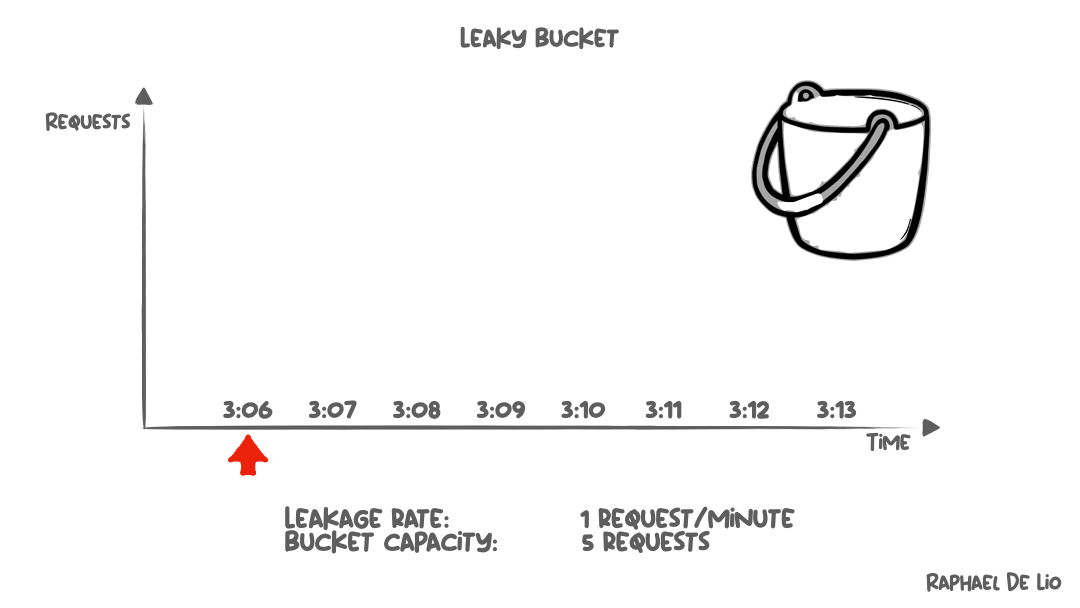 Use Cases: Ideal for smoothing traffic flow, such as in streaming services or payment processing, where a predictable output is critical.
Example: A video streaming platform regulates API calls to its content delivery network, ensuring consistent playback quality.
Drawback: Not suitable for handling sudden bursts, like flash sales or promotional campaigns.
Use Cases: Ideal for smoothing traffic flow, such as in streaming services or payment processing, where a predictable output is critical.
Example: A video streaming platform regulates API calls to its content delivery network, ensuring consistent playback quality.
Drawback: Not suitable for handling sudden bursts, like flash sales or promotional campaigns.
Token Bucket
How It Works: Tokens are generated at a fixed rate and stored in a bucket. Each request consumes a token, allowing for short bursts as long as tokens are available.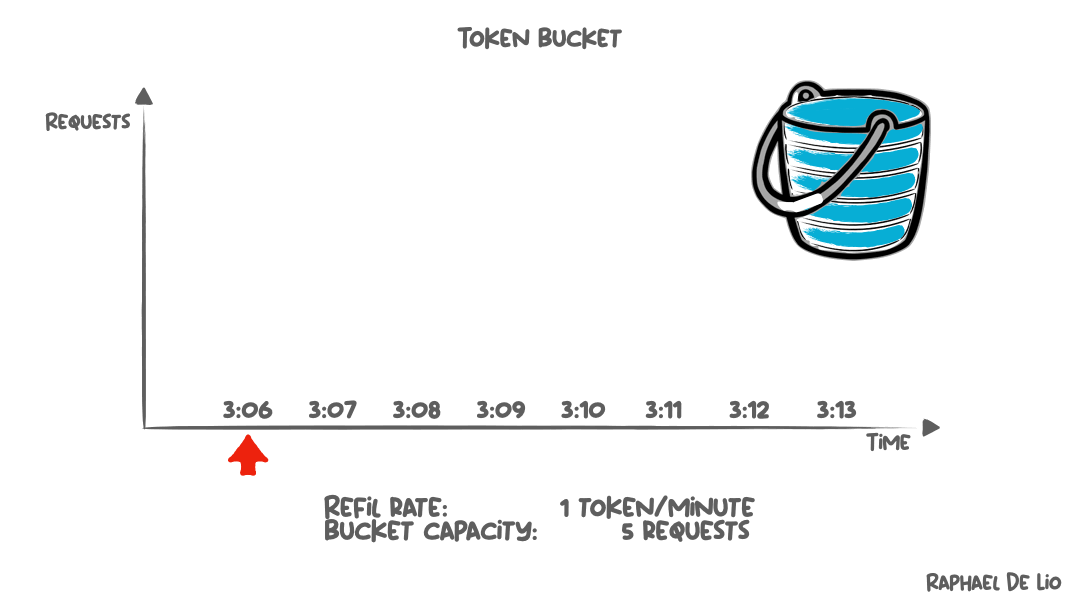 Use Cases: Perfect for APIs that need to handle occasional traffic spikes while enforcing overall limits, such as login attempts or search queries.
Example: An e-commerce site allows bursts of up to 20 requests per second during checkout but limits the overall rate to 100 requests per minute.
Drawback Example: Requires periodic token replenishment, which can introduce minor overhead in distributed systems.
Use Cases: Perfect for APIs that need to handle occasional traffic spikes while enforcing overall limits, such as login attempts or search queries.
Example: An e-commerce site allows bursts of up to 20 requests per second during checkout but limits the overall rate to 100 requests per minute.
Drawback Example: Requires periodic token replenishment, which can introduce minor overhead in distributed systems.
Fixed Window Counter
How It Works: Tracks the number of requests in fixed intervals (e.g., 1 minute). Once the limit is reached, all subsequent requests in that window are denied.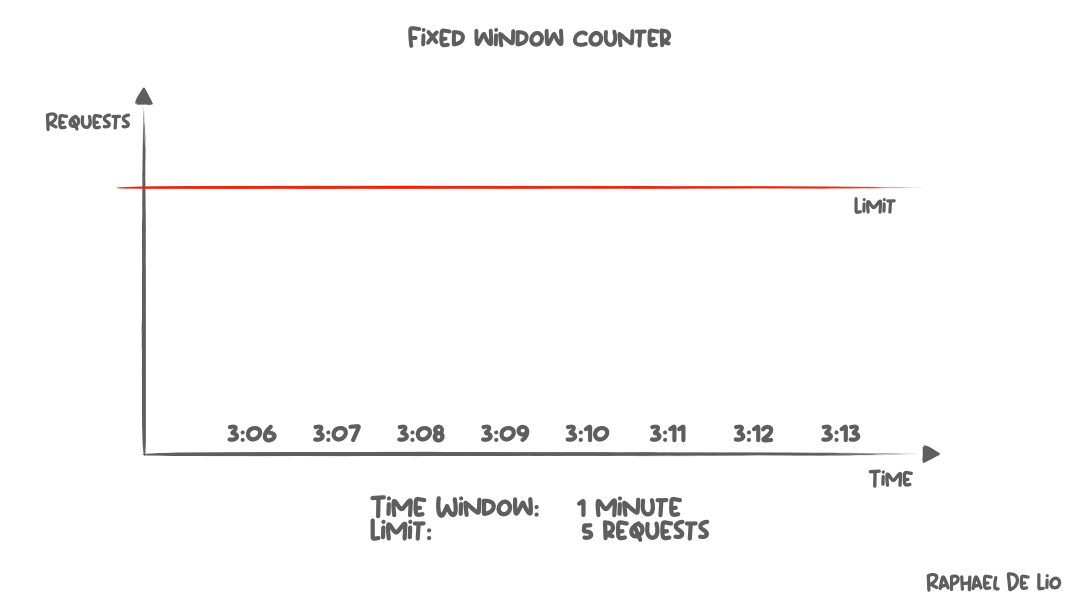 Use Cases: Simple APIs with predictable traffic and low precision needs, like throttling a hobbyist developer’s free-tier usage.
Example: A public weather API allows 100 requests per user per minute, with any extra requests returning a “429 Too Many Requests” response.
Drawback: Users can game the system by stacking requests at the boundary of two time windows (e.g., 100 at 59 seconds and 100 at 1 second of the next window).
Use Cases: Simple APIs with predictable traffic and low precision needs, like throttling a hobbyist developer’s free-tier usage.
Example: A public weather API allows 100 requests per user per minute, with any extra requests returning a “429 Too Many Requests” response.
Drawback: Users can game the system by stacking requests at the boundary of two time windows (e.g., 100 at 59 seconds and 100 at 1 second of the next window).
Sliding Window Log
How It Works: Maintains a log of timestamps for each request and calculates limits based on a rolling time window.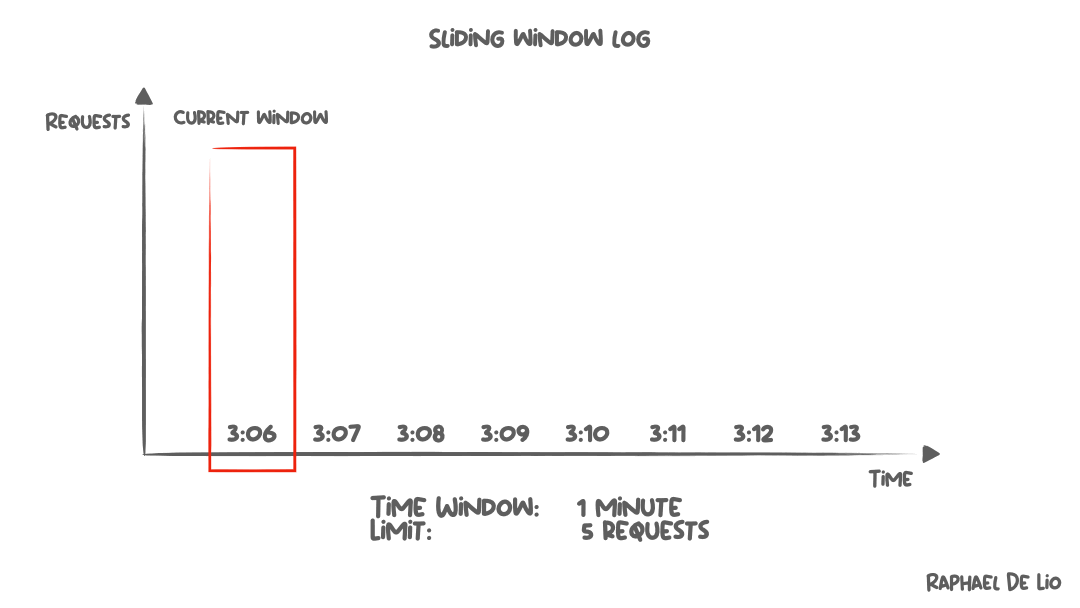 Use Cases: Critical systems requiring high accuracy, such as financial transaction APIs or fraud detection mechanisms.
Example: A banking API limits withdrawals to 10 per hour, with each new request evaluated against the timestamps of the last 10 requests.
Drawback: High memory usage and computational cost when scaling to millions of users or frequent requests.
Use Cases: Critical systems requiring high accuracy, such as financial transaction APIs or fraud detection mechanisms.
Example: A banking API limits withdrawals to 10 per hour, with each new request evaluated against the timestamps of the last 10 requests.
Drawback: High memory usage and computational cost when scaling to millions of users or frequent requests.
Sliding Window Counter
How It Works: Divides the time window into smaller intervals (e.g., 10-second buckets) and aggregates request counts to approximate a rolling window. Use Cases: APIs that need a balance between accuracy and efficiency, like chat systems or lightweight rate-limiting for microservices.
Example: A messaging app limits users to 30 messages per minute but divides the minute into 6 buckets, allowing more flexibility in traffic patterns.
Drawback: Small inaccuracies can occur, especially during highly bursty traffic patterns.
Use Cases: APIs that need a balance between accuracy and efficiency, like chat systems or lightweight rate-limiting for microservices.
Example: A messaging app limits users to 30 messages per minute but divides the minute into 6 buckets, allowing more flexibility in traffic patterns.
Drawback: Small inaccuracies can occur, especially during highly bursty traffic patterns.
Choosing the Right Tool for the Job
Selecting a rate-limiting strategy isn’t just about matching patterns to scenarios; it’s about understanding the trade-offs and the specific needs of your application. Here’s how to make a more informed choice:Understand Your Traffic Patterns
- Predictable Traffic: If your API serves consistent request rates (e.g., hourly status checks or regular polling), Leaky Bucket is excellent for maintaining a steady flow.
- Burst Traffic: If you expect short bursts of traffic, such as during product launches or login spikes, Token Bucket allows controlled bursts while enforcing limits.
- Mixed Traffic: APIs with unpredictable traffic may benefit from Sliding Window Counter, which balances accuracy and resource usage.
Assess the Level of Precision Needed
- High Precision: If exact limits are critical (e.g., financial transactions or fraud detection), Sliding Window Log provides the most accurate enforcement by logging every request.
- Approximation is Okay: For most APIs, Sliding Window Counter strikes a balance between precision and efficiency, as it uses aggregated data instead of tracking every request.
Consider Resource Constraints
- Memory and CPU Overhead: Algorithms like Sliding Window Log can become resource-intensive at scale, especially with millions of users. For a lightweight alternative, Fixed Window Counter is simple but effective for low-traffic APIs.
- Scalability: Redis makes scaling rate limiting easier with atomic operations, Lua scripting, and replication features, but your choice of algorithm still affects performance. For instance, Token Bucket is computationally cheaper than Sliding Window Log in most distributed systems.
Account User Experience
- User Tolerance for Errors: Fixed-window approaches like Fixed Window Counter may frustrate users due to rigid resets. Sliding-window methods smooth out these boundaries, leading to a better user experience.
- Handling Edge Cases: Algorithms like Token Bucket allow some flexibility for bursts, which can help avoid unnecessary rate-limit errors during legitimate usage spikes.
Implementations for each type of rate limiter with Java & Redis will be released weekly! Stay tuned!
Stay curious!
Related Articles:Don’t Forget to Share This Post!







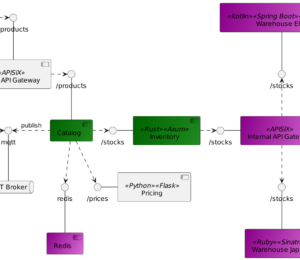




Comments (4)
Vovkin
11 months agoNice article with summary of the most popular rate limiting algorithms. Looks like you used same image for sliding window counter as for sliding window log.
Raphael De Lio
11 months agoThank you for letting me know and thank you for reading! I've replaced the correct animation :)
Anas
11 months agoNice article. I have a very little note. The article title says "With Redis" although the article is focusing more on the different rate limiting patterns. I have no idea whether you are planning to post a second part that talk about implementation with Redis or not. If you are planning to do that, I suggest to add a statement at the end of the article to inform the reader to wait for the second part for specific implementation with Redis.
Raphael De Lio
11 months agoHey, Anas! Thanks for the suggestion, that's indeed the case. I'll add a note informing that the following parts will be coming out weekly.